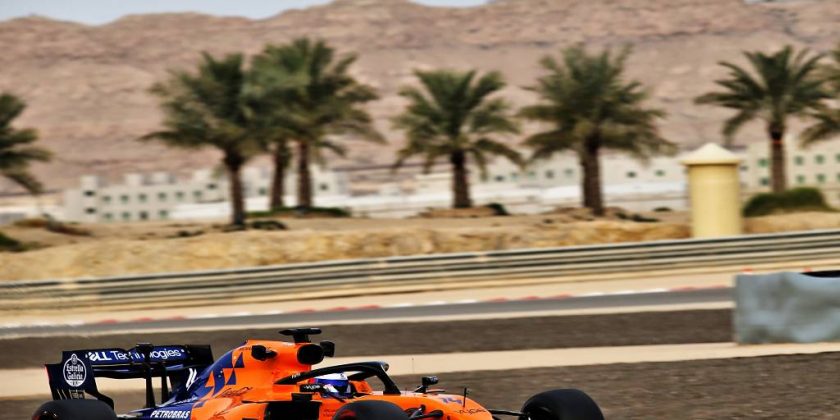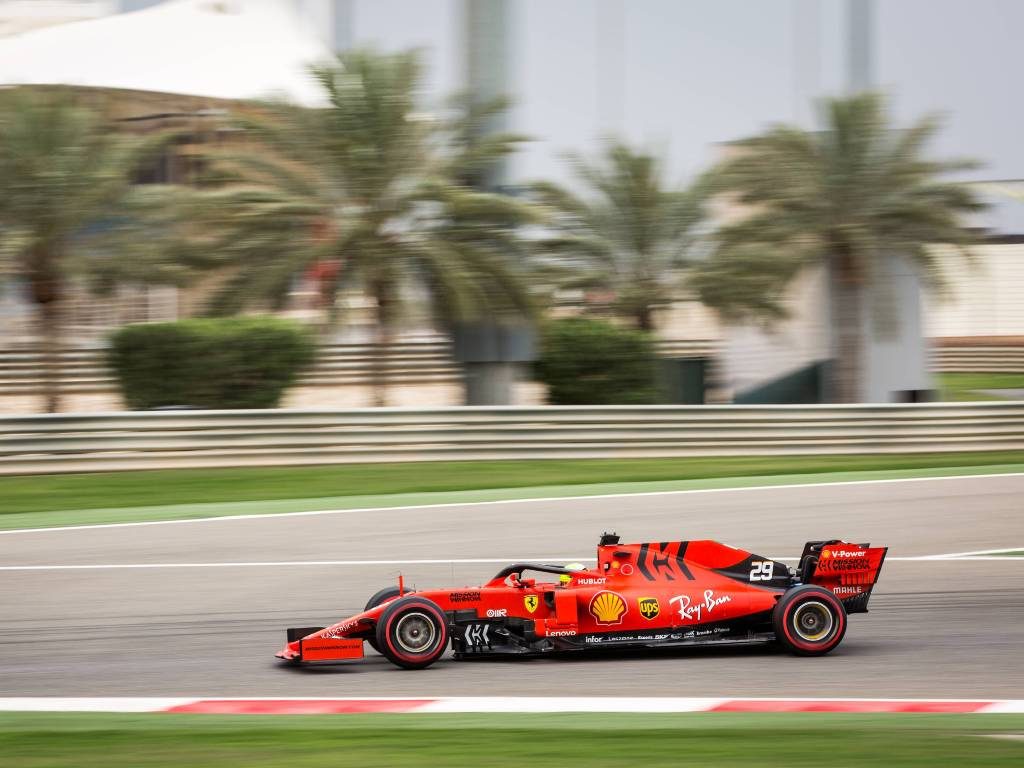Pre-season testing for the 2021 F1 season is likely to consist of a single three-day session in Bahrain.
That represents only 50% of the running teams were able to do for this year’s campaign at Barcelona, which in itself was a reduction from the previous eight days of testing.
But with the 2020 cars being carried over into next season and only minor development allowed, F1 teams have agreed to the cutback in the amount of running time.
Motorsport.com reports the three-day test is likely to take place in Bahrain, although a final decision about the venue has yet to be taken.
However, their report suggests an early March date in Sakhir would make sense in order to extend the winter break following the mid-December end to this season.
The 2021 provisional calendar, released this week, has the season starting in Australia on March 21, with the Bahrain race scheduled for March 28. Early March testing in Bahrain would therefore ease logistical issues, potentially being en route to Melbourne.
It also means three grands prix at Sakhir within four months, as Bahrain is staging two races on November 29 and December 6 helping to bolster the revised calendar.
The Bahrain International Circuit has not hosted F1 pre-season testing since 2014, when it was the third and final test venue before the start of the campaign with the new V6 hybrid power units.
Since then, the track has been used for two in-season tests following its grand prix, in 2017 and 2019.
Recently, Renault spent four days at the Sakhir circuit running their 2018 car with Academy drivers Christian Lundgaard, Oscar Piastri and Guanyu Zhou, and then a separate two-day stint when Fernando Alonso took the wheel before his return to Formula 1 in 2021.
Although teams are always happy to maximise any test running afforded to them, many said during the 2020 pre-season that six days was more than necessary.
Racing Point technical chief Andrew Green said he would have been happy with four days of testing, believing it could create more unpredictability.
“I think it goes with what F1 want as far as trying to mix things up,” said Green in February.
“Does everyone want ultra-reliable cars when they first hit the first race? I think a week for me – two days on, day off, two days – is fine, go do it and see what happens.”
That was before it had been agreed to carry over the 2020 cars into 2021 to save costs as a result of the global health pandemic.
Teams are only allowed to spend two ‘tokens’ to develop the chassis for next year, meaning they will already have a huge amount of data and information about the cars under their belts from this season.
Follow us on Twitter @Planet_F1, like our Facebook page and join us on Instagram!
Source: Read Full Article

